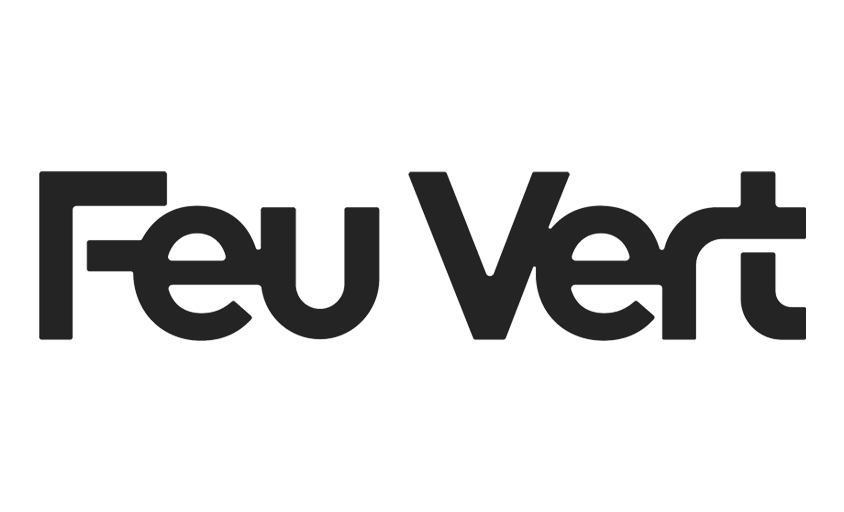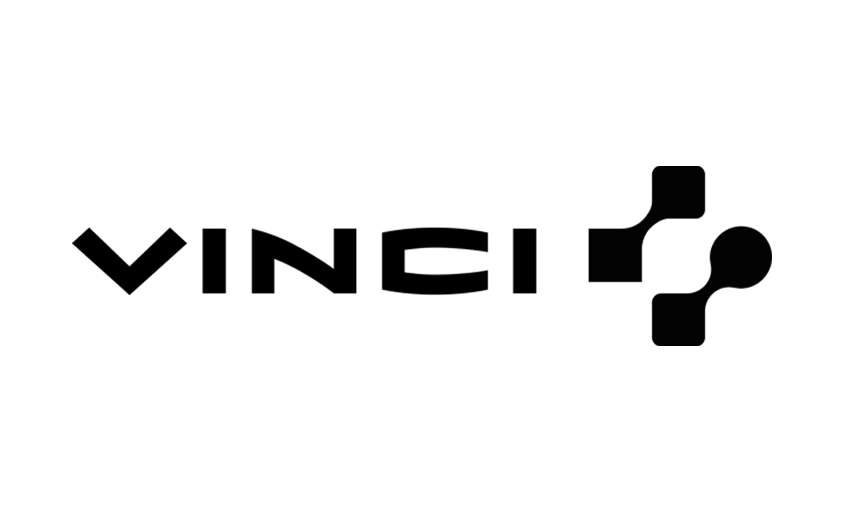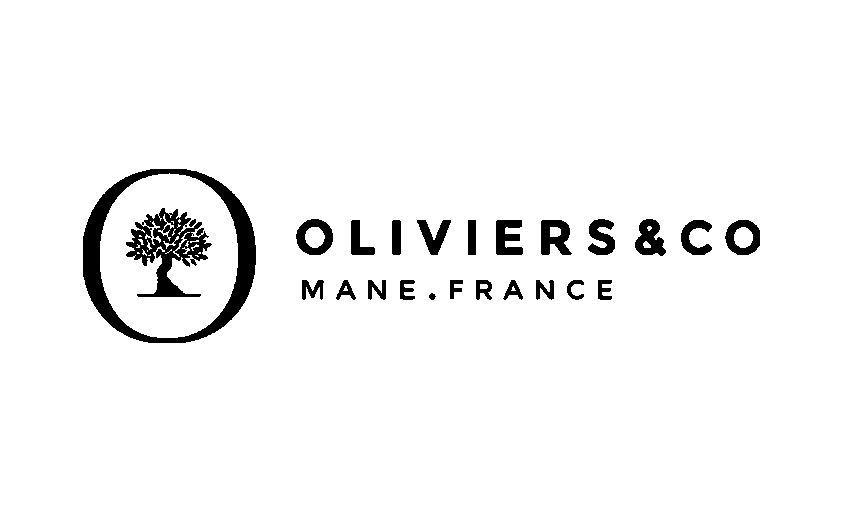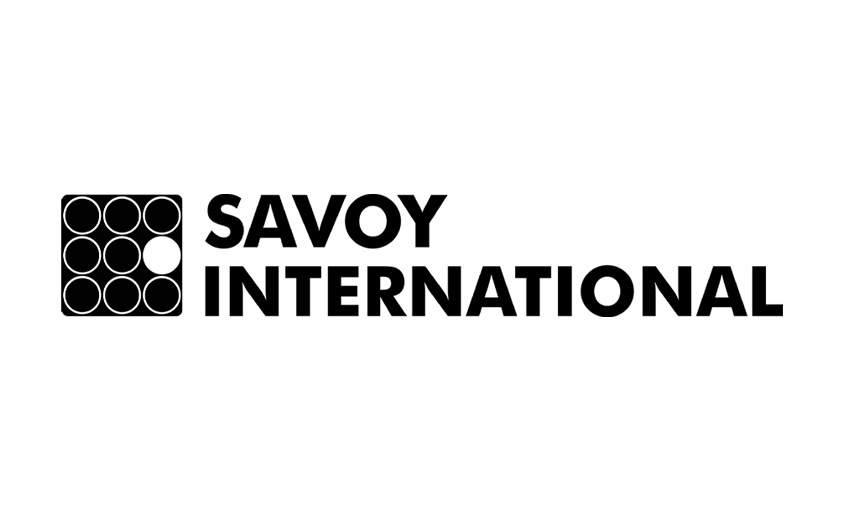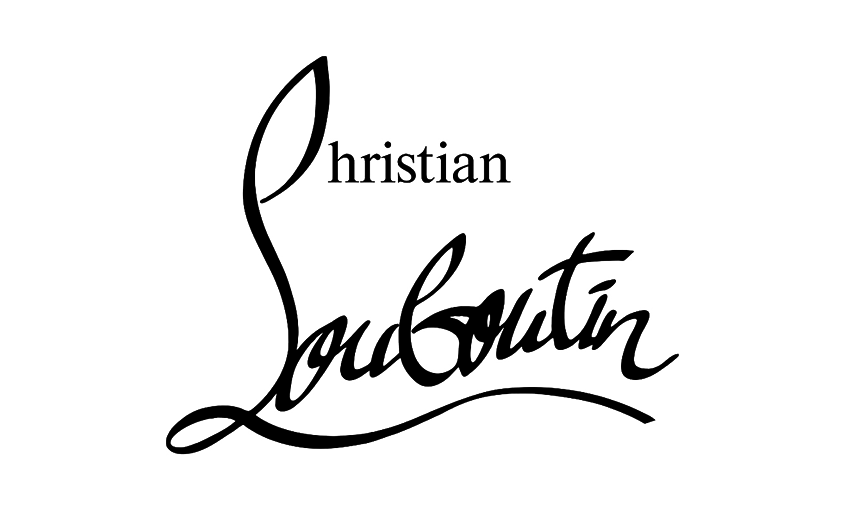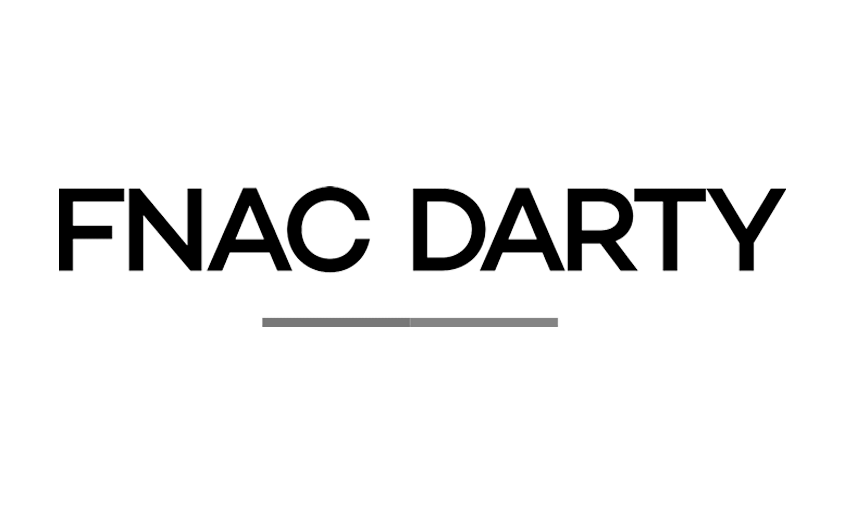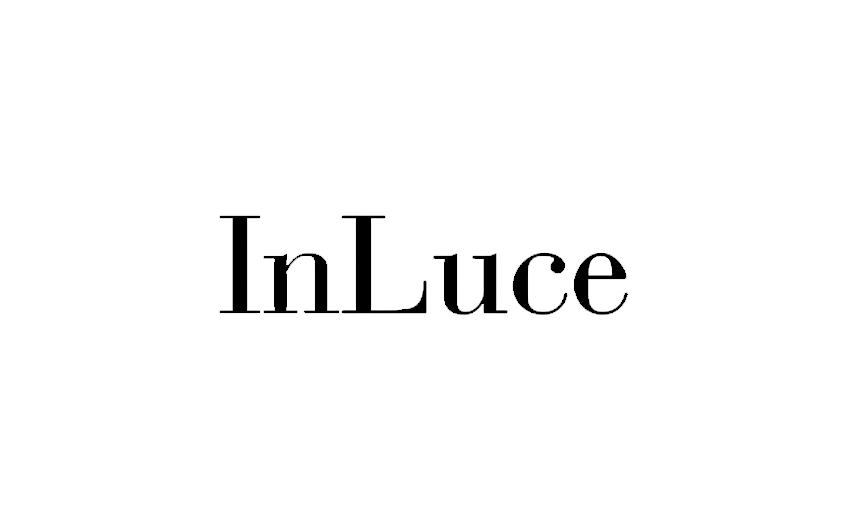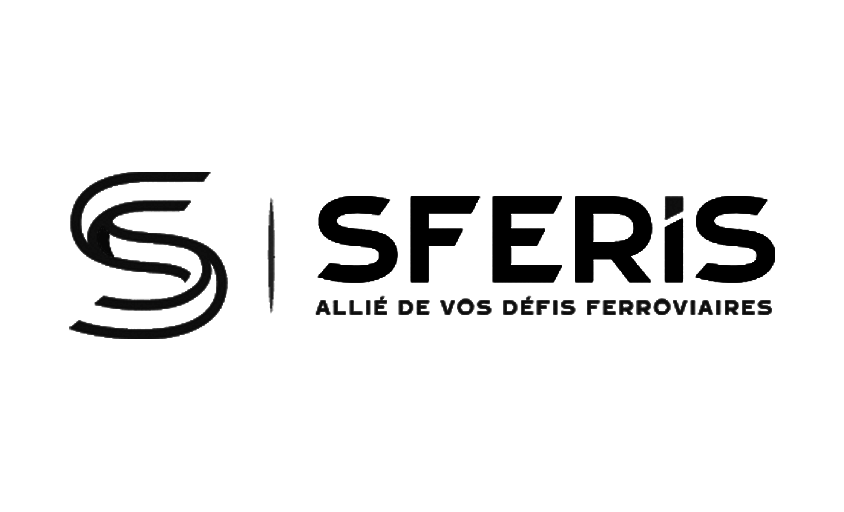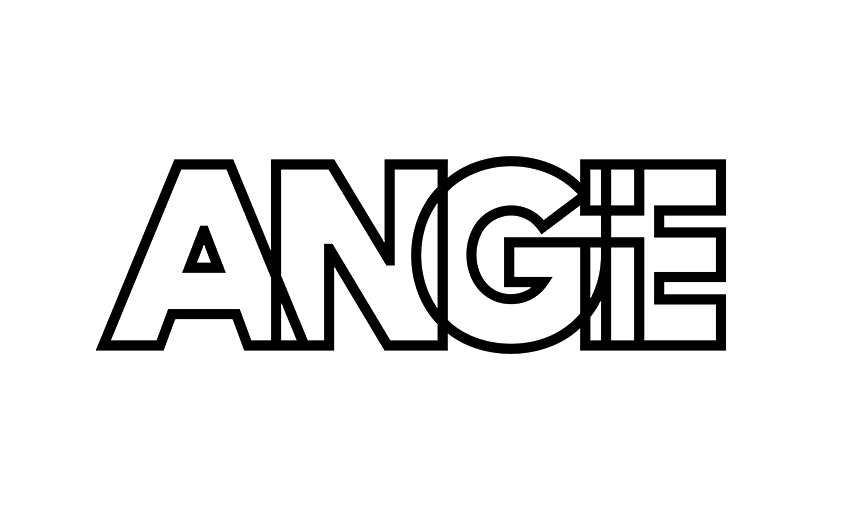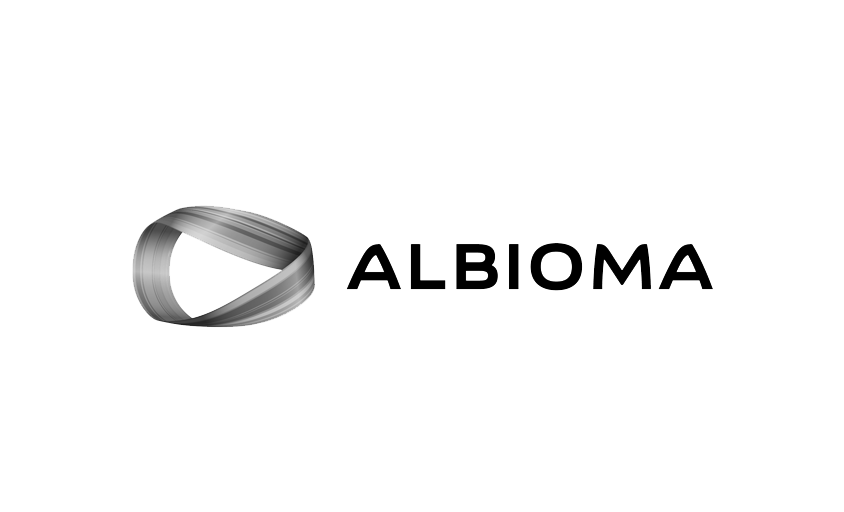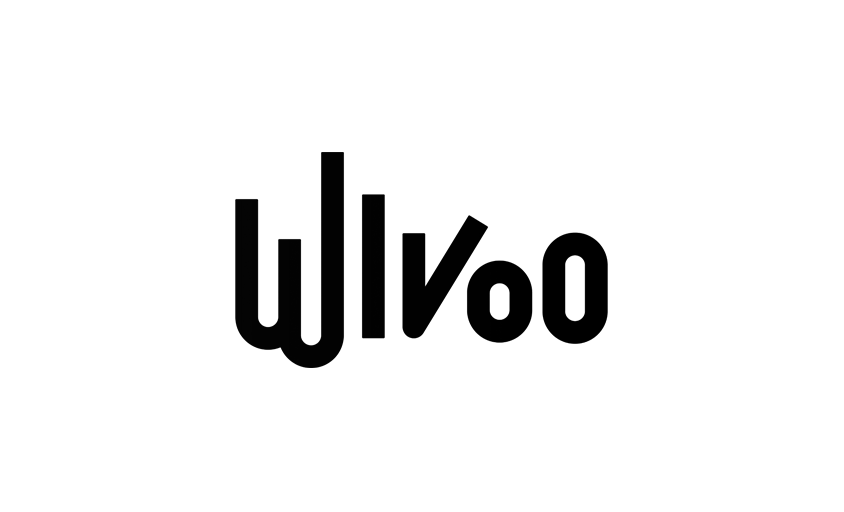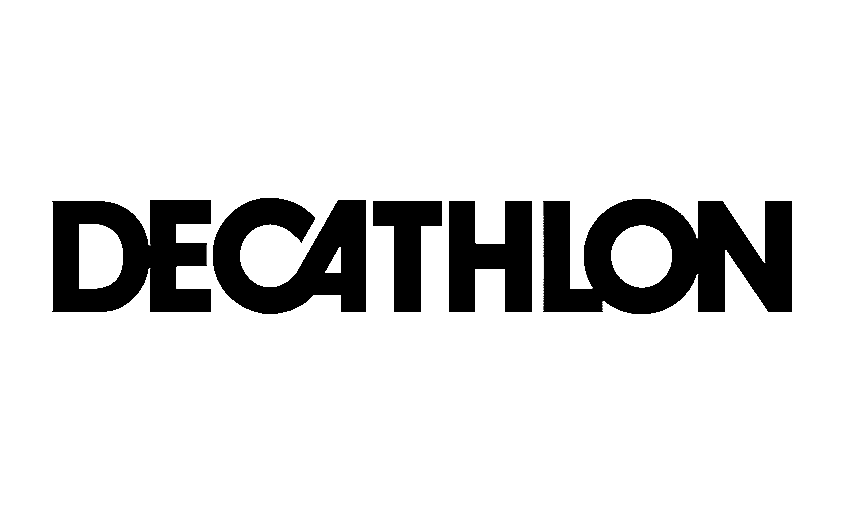Medical Photography: The Art of Capturing Health
In this article :
Medical photography holds a unique place at the intersection of science, documentation, and visual art. It goes beyond merely illustrating pathologies or treatments, it actively contributes to the transmission of knowledge, hospital communication, and clinical research.
In a world where health is increasingly visualized, whether in scientific publications, education, or public awareness, medical photography has become an essential tool for institutions and healthcare professionals alike.
1. Understanding Medical Photography
Medical photography is a specialized field of imaging dedicated to visually documenting the human body, its pathologies, treatments, and therapeutic progress.
It relies on strict ethical, technical, and medical protocols to ensure the fidelity and reproducibility of images.
Its applications are wide-ranging:
- Surgery: Pre- and post-operative follow-up, documentation of surgical techniques.
- Dermatology: Monitoring lesions and treating skin conditions.
- Dentistry: Intraoral imaging and documentation of clinical cases.
- Research and education: Scientific documentation, publications, and conferences.
- Hospital communication: Team portraits, surgical unit reports, and educational visuals.
Each sub-discipline comes with its own set of constraints, managing lighting in sterile environments, maintaining medical confidentiality, and implementing standardized protocols, among others.
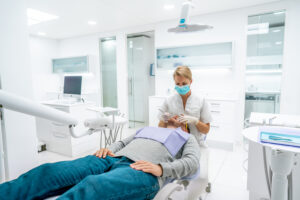
2. Techniques Specific to the Discipline
Photographing in a medical setting requires absolute technical precision and complete mastery of light and colorimetry.
Here are the key principles:
a) Standardization
Consistency over time is fundamental.
The medical photographer must reproduce exactly the same lighting, framing, and distance conditions for each shot.
This involves using color charts, floor markings, and fixed settings (ISO, white balance, aperture).
b) Light Management
Hospital environments often feature cold and uneven lighting (neon lights, ceiling fixtures, natural light).
An external lighting system, such as ring flashes, calibrated LED panels, or portable softboxes, ensures chromatic consistency, which is essential for clinical analysis.
c) Respecting Skin and Biological Textures
Accurately reproducing skin tones, mucous membranes, and organic tissues is crucial.
This requires a custom white balance, neutral colorimetry, and regular monitor calibration during post-production.
d) Ethical Approach
Every image requires the patient’s informed consent. Medical photographs are never trivial, they capture intimate aspects of healthcare.
Confidentiality, neutral framing, and respect for the subject are foundational principles of the profession.
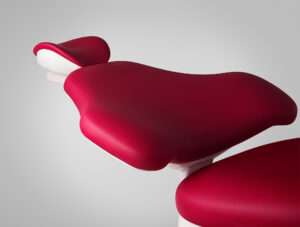
3. Essential Equipment for Medical Photographers
The gear goes beyond a high-performance camera, it’s about building a coherent, reliable, and reproducible system.
a) Cameras and Lenses
- DSLR or mirrorless full-frame cameras for optimal detail rendering.
- 100mm macro lenses for close-up dermatological or dental shots.
- Standard 50mm lenses for medical portraits or operating room photography.
b) Key Accessories
- Ring flash: provides even lighting for macro photography.
- Tripod or articulated arm: ensures stability and consistency of angles.
- Neutral backdrop (gray or blue): facilitates standardized image series.
- Gray card: used for color calibration before each session.
c) Post-Processing and Archiving
Image editing must remain neutral, no aesthetic effects or retouching that alters reality.
The goal is accuracy, not embellishment.
Files are then stored in secure medical imaging databases (PACS) or hospital servers compliant with GDPR regulations and medical confidentiality standards.
4. Case Studies: Medical Photography in Practice
a) Reportage in a Dental Clinic
Rétines carried out a full photographic reportage in a dental practice with a dual objective: to document treatments for the practitioner’s communication needs and to produce a set of technical images for educational purposes.
Managing the clinic’s cool lighting, combined with a ring flash, made it possible to obtain precise, consistent images suitable for both clinical follow-up and showcasing the workspace.
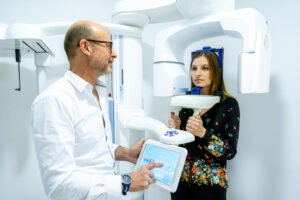
b) Medical Product Photography
The studio also photographed various medical products and devices, ranging from small diagnostic tools to more complex care equipment.
These images require the same level of rigor as luxury product photography: neutral backgrounds, consistent textures, and precise management of reflections on metal or plastic surfaces.
An approach that combines technical precision with a strong sense of detail.
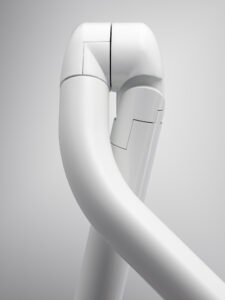
c) Research and Innovation: Imagery in the Service of Progress
Laboratories and research centers use photography to illustrate experimental protocols, showcase innovations, and document scientific publications.
In this context, medical photography overlaps with scientific communication, requiring a visual language that is clear, standardized, and universally understood.
5. The Role of Medical Photography in Healthcare Communication
Medical photography now goes beyond the hospital setting.
Healthcare institutions, laboratories, and foundations use imagery to communicate their values, their teams, and their missions.
Photographing an operating room, a hospital ward, or a researcher’s portrait is also about telling a story of care, precision, and commitment.
This more visual and human-centered approach brings medical photography closer to corporate photography. The line between scientific documentation and institutional imagery is becoming increasingly subtle and strategic.
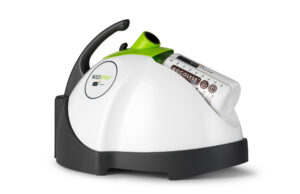
6. Legal and Regulatory Framework of Medical Photography
Medical photography is strictly regulated. Each image involves both health data and the patient’s rights to image privacy and medical confidentiality.
a) Patient Consent
Every photo session requires written and informed consent. The patient must be clearly informed about why the photograph is being taken, how it will be used (treatment, education, communication), and how long it will be stored.
b) Confidentiality and GDPR Compliance
Medical photographs are classified as sensitive data. Their handling must comply with medical confidentiality laws (Article L1110-4 of the French Public Health Code) and GDPR regulations.
Files must be stored on secure servers approved for hosting healthcare data.
c) Image Rights and Distribution
The publication or distribution of a medical photograph is never automatic, it must be explicitly authorized by the patient.
No identifiable information (face, tattoos, medical records) may appear without specific consent.
This also applies to photographs of medical equipment or environments that may contain confidential information.
d) Photographer’s Responsibility
A medical photographer operates within a strict framework governed by confidentiality and medical ethics.
Each assignment requires an understanding of hygiene protocols, safety standards, and secure file management practices.
7. Conclusion and Future Perspectives
Medical photography is evolving rapidly.
The integration of 3D imaging, augmented reality, and photogrammetry is opening new opportunities for medical research and training.
In the future, medical photographers may work alongside artificial intelligences capable of analyzing images in real time.
Yet beyond technology, medical photography will remain a discipline grounded in accuracy and trust.
Documenting health is, above all, about applying scientific rigor in service of humanity.
In Summary
Medical photography is more than a visual act: it is a responsibility.
Between technique and ethics, precision and humanity, it shapes the visual memory of modern medicine every day.
Need a professional photographer for your healthcare projects?
Rétines supports healthcare professionals, research institutions, and medical facilities with documentary, institutional, and scientific photography needs.
Precise, consistent, and controlled images designed to showcase your expertise and teams.
👉 Contact us studio to learn more.
Jérémy Carlo is the editorial director at Rétines, where he ensures the consistency and clarity of all content produced by the studio.
Our Clients
Let’s discuss
What we do for you at Rétines
Meticulous work, an organised project and fast delivery. And to achieve this, we mobilise the right resources in our teams at the right time.
01
Pre-production
Artistic and technical direction tailored to the project.
Relevant recommendations on content, form and resources.
02
Photo Shooting
Photos taken by our experienced photographers.
Production that’s controlled, efficient and tailored to the needs of the project, with nothing superfluous.
03
Retouching
Technique
Photographs magnified by our retouching team.
Post-production to meet the commercial challenges of the brief.

